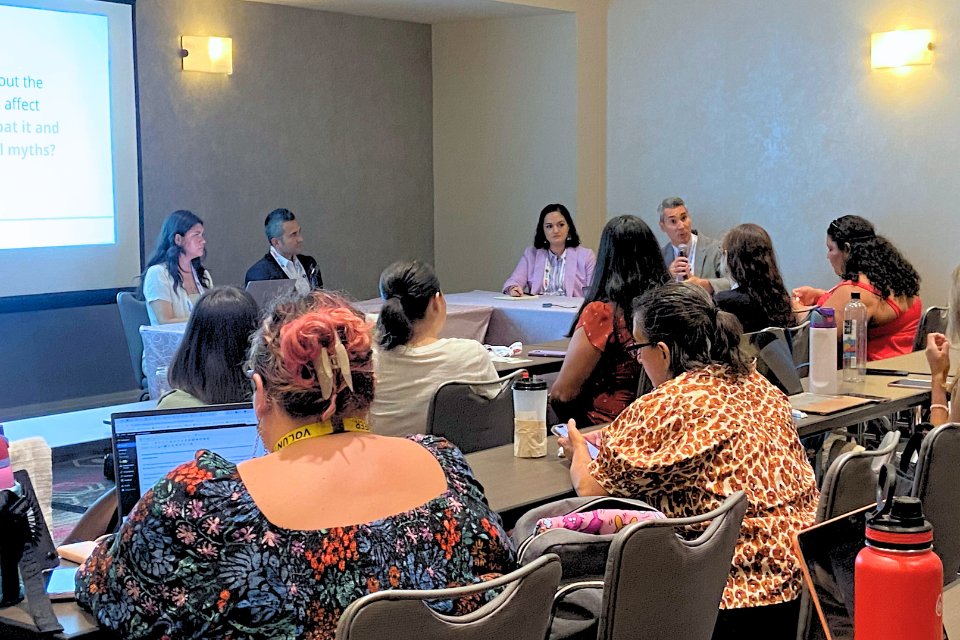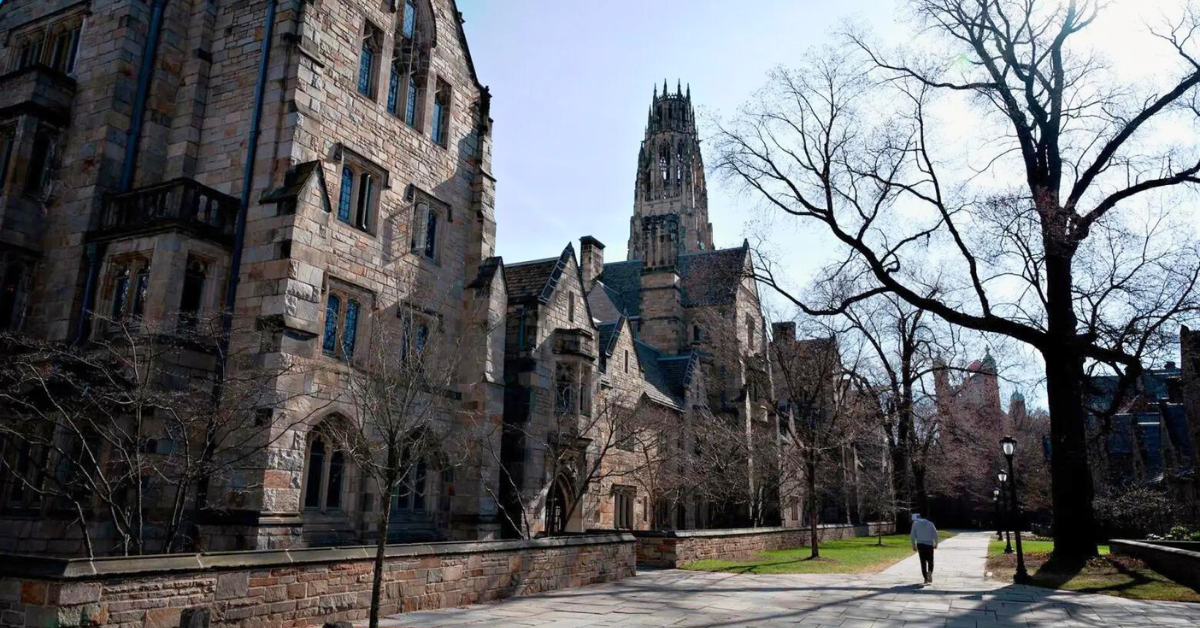A recent report by Chile-based survey research firm Latinobarómetro shows that the election of Pope Francis, the first Latin American pontiff, has not abated the defection of many Catholics in the region. Between 1995 and 2013, for example, Latinobarómetro found that Catholic affiliation declined 13 percentage points. In 1995, 8-in-10 (80 percent) residents of Latin America identified as Catholic compared to two-thirds (67 percent) in 2013. It’s not a stretch, then, to connect the growth of evangelicals in Latin America and among Latinos in the United States. Evangelical Christianity, particularly many of the Pentecostal denominations flourishing in Latin America today, arrived as missionaries from the U.S. moved to evangelize in the region. Likewise, some early Pentecostal leaders in the U.S. came from within the Latino community, who helped organize churches and their communities, according to Professor Arlene Sanchez-Walsh, an expert in Latino Church Studies.
The increase of evangelicals is more pronounced in Central American countries. Not only do Guatemala, Honduras, and Nicaragua no longer have a Catholic majority (47 percent of the population in each country is Catholic), the second largest religious group consists of evangelicals (40 percent, 41 percent, and 37 percent in each country, respectively). El Salvador still features a Catholic majority (54 percent), but the percentage of evangelical Christians has almost doubled since 1996 (from 15 percent to 31 percent). Among Latinos in the U.S., those with roots in Central America and the Caribbean are the least likely to identify as Catholic (45 percent) and the most likely to identify as evangélico (16 percent). To put it differently, Latinos with roots in Central America and the Caribbean are over-represented among evangélicos: 21 percent of Latino adults have roots in Central America and the Caribbean, as do nearly 3-in-10 (27 percent) of evangélicos, but fewer 1-in-5 (18 percent) Catholics hail from Central America and the Caribbean.
The symbiotic relationship between Latin American evangelicals and Latino evangélicosin the U.S. continues today. Historian R. Andrew Chesnut notes in this interview that, in a strange twist of fate, many churches with roots in Latin America are now sending missionaries to the U.S., particularly to preach to Latino immigrants arriving from Mexico and Central America. As the transnational links between Latin America and its U.S. diaspora improve thanks to easier communications and travel, expect these links to strengthen and for evangélicos to become a more prominent segment of the American evangelical community.
To follow Juhem Navarro-Rivera’s blog, visit: Http://publicreligion.org/2014/05/coming-full-circle-evangelicos-in-the-united-states-and-latin-america/
Photo: Public Religion research Institute



